5 ways to safely grocery-shop during the coronavirus pandemic
Thousands of kilometres from Bangladesh, my 82-year-old grandmother has figured out how to order her groceries online with curbside pickup from Texas-favourite supermarket H-E-B. From home deliveries to in-store panic-buying everyone has changed their buying behaviour in light of the coronavirus pandemic.
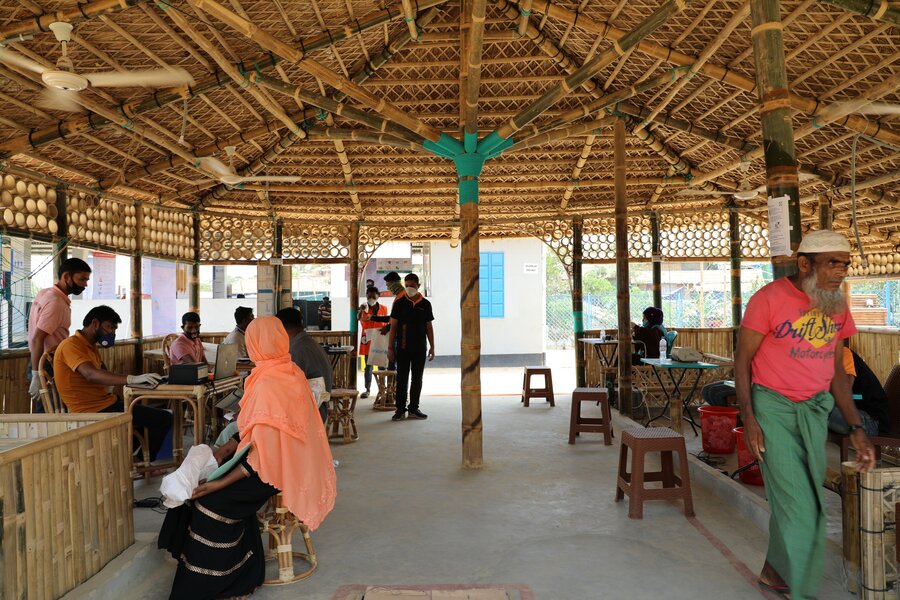
Big chains such as H-E-B, Carrefour and Woolworth's have spacious shops where customers can maintain physical distance, stock up on months' worth of essentials and check out with credit cards, avoiding face-to-face transactions. In major cities across the world, corner shops fill the gaps and give people in crowded urban areas a choice of places to get the things they need.
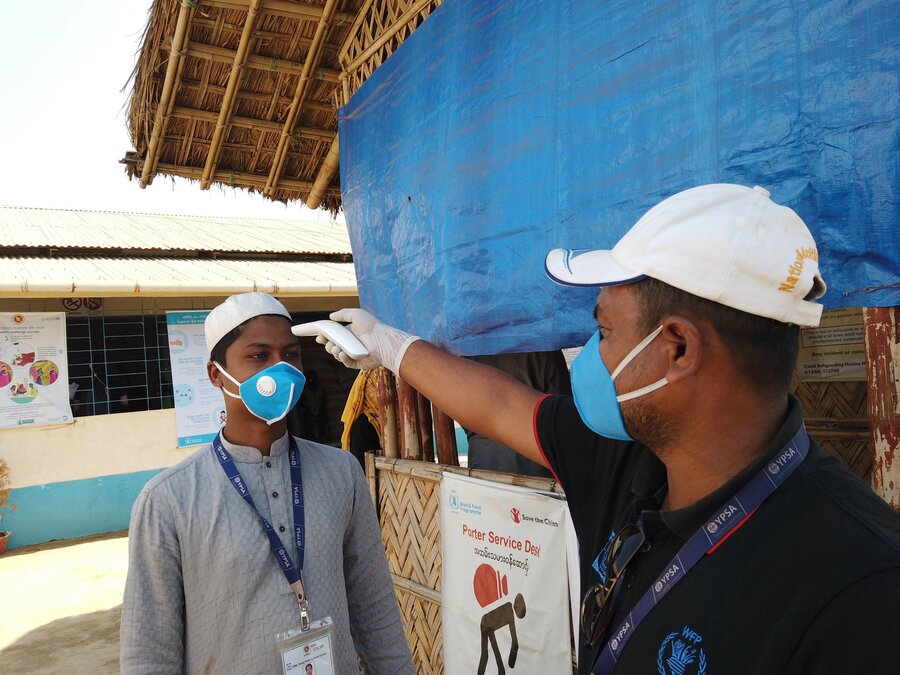
In Cox's Bazar, Bangladesh — home to Kuputalong, the world's largest refugee camp — more than 855,000 Rohingya refugees rely on 16 World Food Programme (WFP) outlets for their groceries.
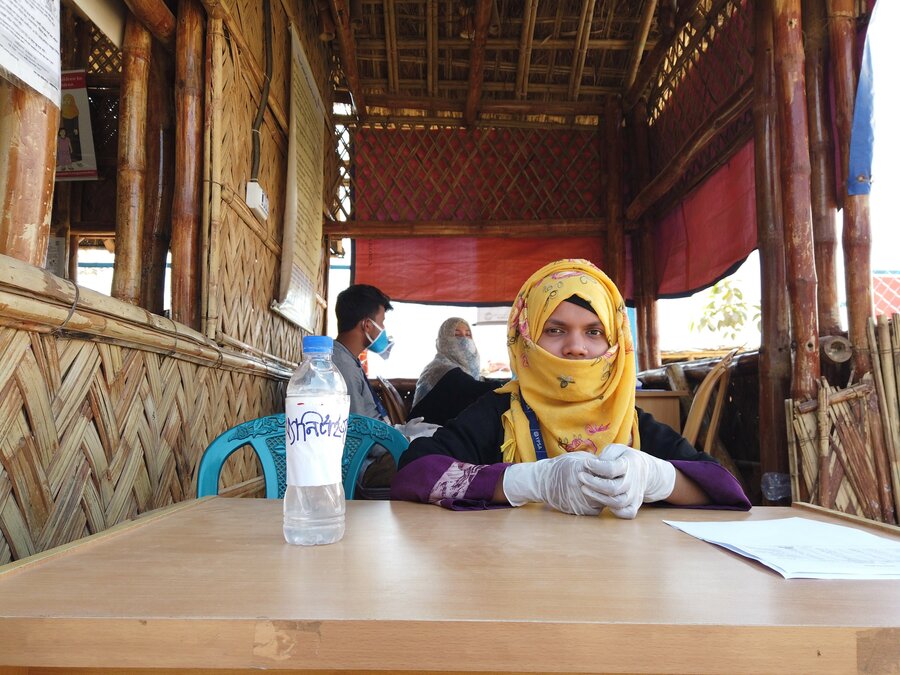
In lockdown since last month, informal markets, where some refugees were able to buy additional vegetables and snacks, have shut. WFP food assistance is a lifeline. So, how do we make sure nearly a million people can get the food they need without risking the spread of COVID-19?
Step 1: Only one person does the family shopping
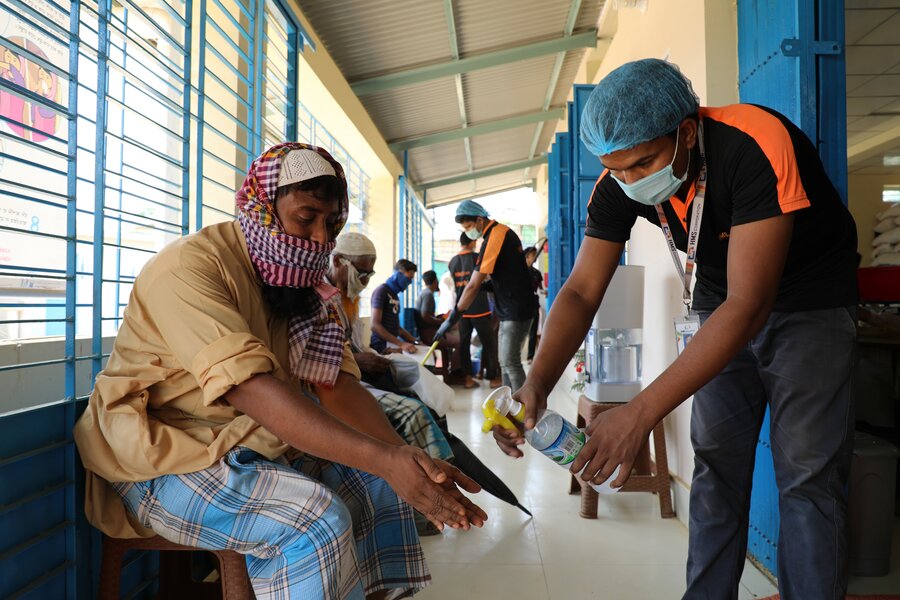
Many of the Rohingya here fled violence in Myanmar two and a half years ago, leaving everything behind. They rely entirely on external assistance for food. The majority of refugees receive food through retail outlets organized by WFP.
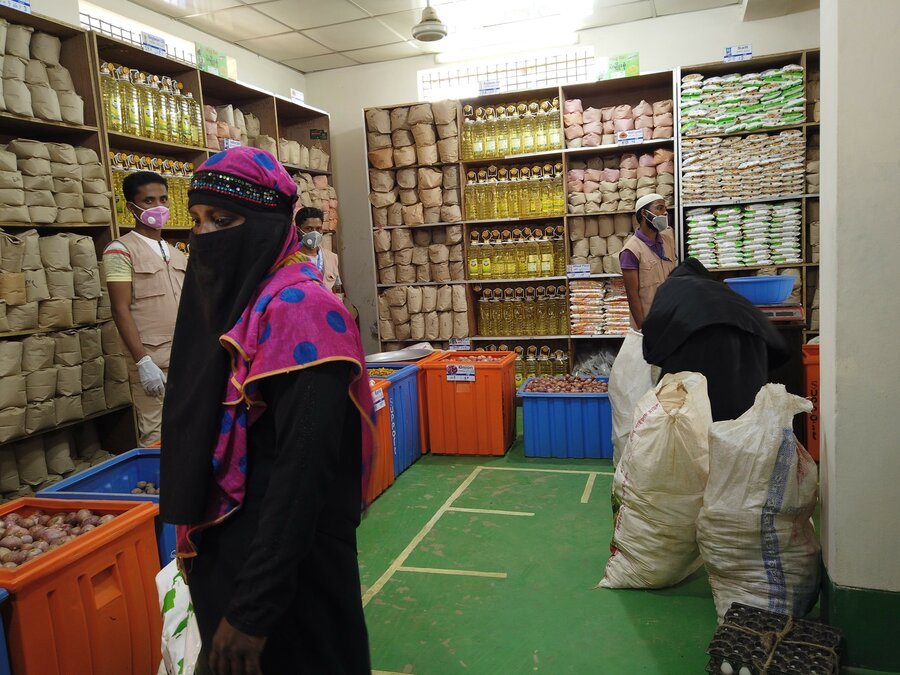
People shop using a WFP assistance card — effectively an electronic voucher that is topped up every month. To limit the risk of virus transmission, families are asked to send one healthy family member just once a month to collect enough food to get them by.
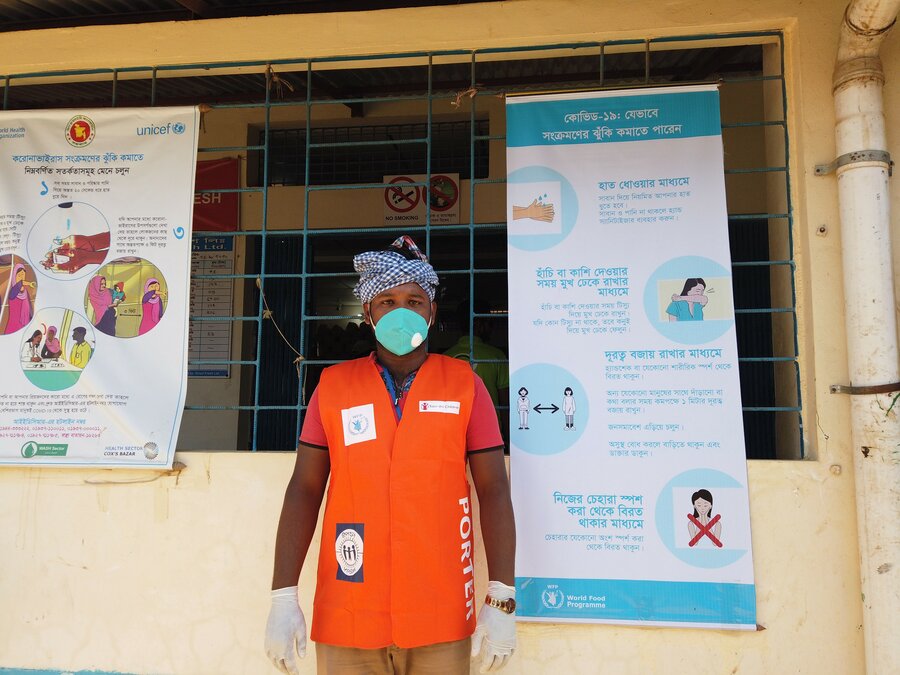
Anyone feeling unwell is asked to stay home and ask another family member to do the pickup. Extra porters have been recruited to help people carry their food home safely (which altogether weighs about 18 kilos, or 36 pounds).
Step 2: Everyone must wash their hands before entering the shops
While no cases of COVID-19 have been confirmed in the refugee camps, WFP has been implementing prevention measures since March. Handwashing stations have been set up at every entrance of WFP sites and hand sanitizer is also available. Everyone must wash their hands before entering the outlets and retail and partner staff wash their hands frequently as they work to support the refugees collecting food.
Step 3: Physical distancing is a must
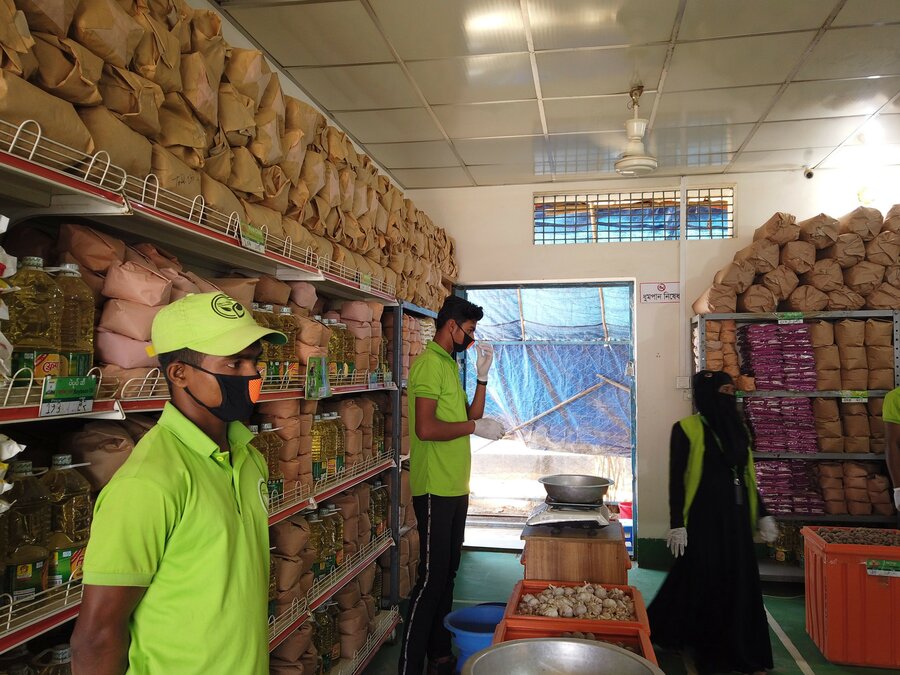
Only five people at a time can enter either of the shops at WFP distribution points. Markings indicate where people should sit in order to keep at least one metre apart.
Much like the curbside service my grandma enjoys, a package of food items including rice, lentils, cooking oil and spices, is made ready for people to simply pick up without having to go around the shops. Retail staff are on hand to handpick and package other items and place them in refugees' grocery bags.
Step 4: Don't take your time
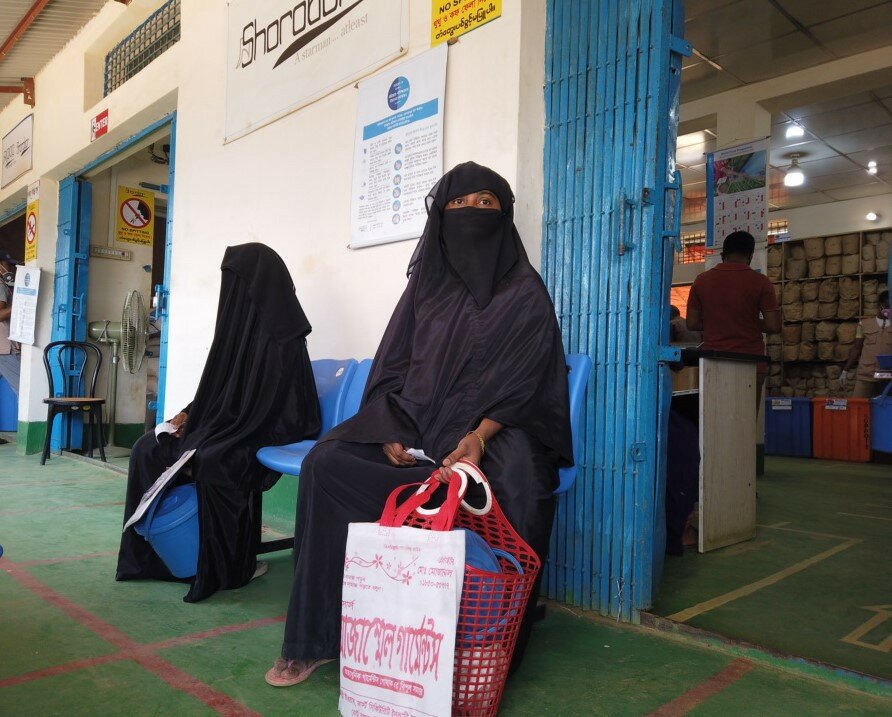
The pre-packaging method ensures refugees don't have to wait long. As time goes on and everyone adjusts to this new way of working, queues are getting shorter and collection times are improving, reducing the risk of transmission more and more.
Step 5: Avoid touching other people or things
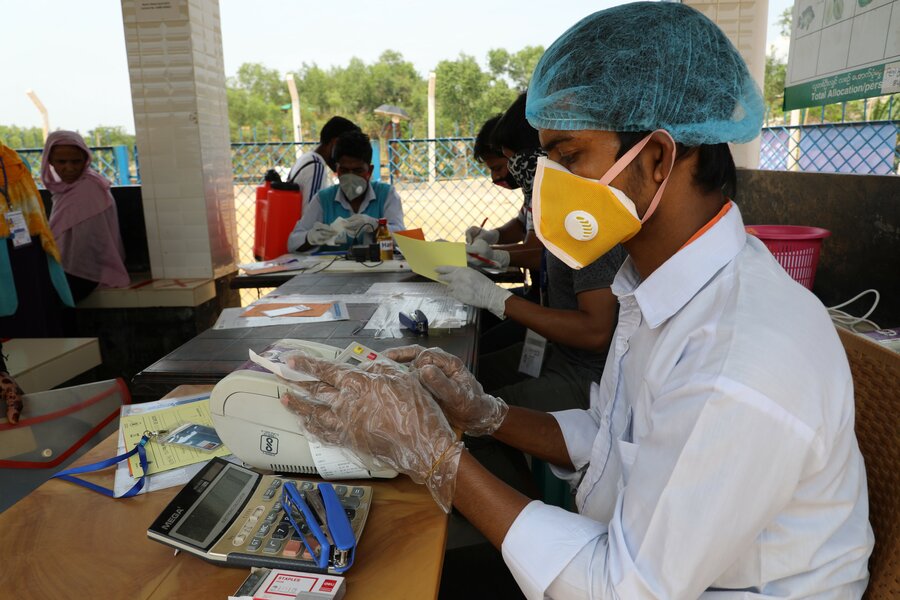
Customer-facing workers in Bangladesh — like their counterparts elsewhere — are on the front line of the coronavirus pandemic, while ensuring their communities can access the services they need to survive. At WFP food assistance sites for refugees, dedicated staff show up day after day to make sure Rohingya refugees can continue to get the food they need.
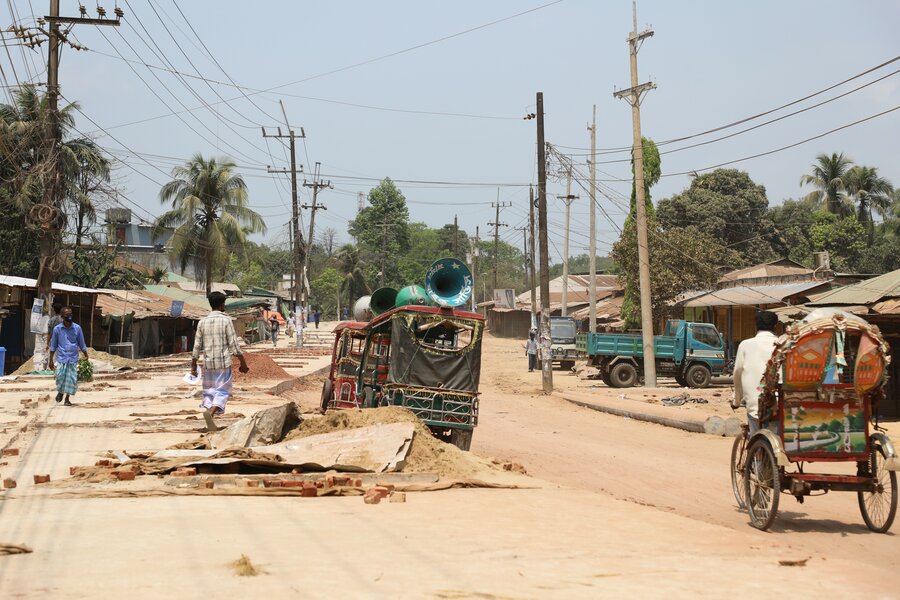
In addition to handwashing and physical distancing measures, WFP has changed the way Rohingya refugees can check out items, to protect them and our staff. Instead of verifying their identities using fingerprint scanners, refugees present their WFP assistance card and UNHCR smart card. Staff simply scan the WFP card using WFP's SCOPE app, a no-touch and safe system for all.
Bangladesh: Supermarket shopping in the world's biggest refugee camp
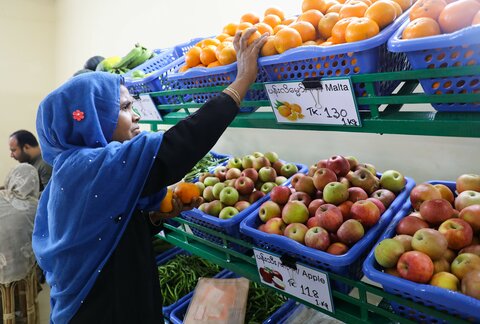
Adapting the way WFP food outlets are run and how people collect their food has been a critical step in preparing for and preventing the potentially devastating impact of the coronavirus on this already vulnerable community.
Continued WFP e-voucher food assistance for Rohingya refugees is made possible thanks to our donors, including the governments of Australia, Canada, Denmark, Germany, Japan, the United Kingdom, the United States of America and the European Union.
